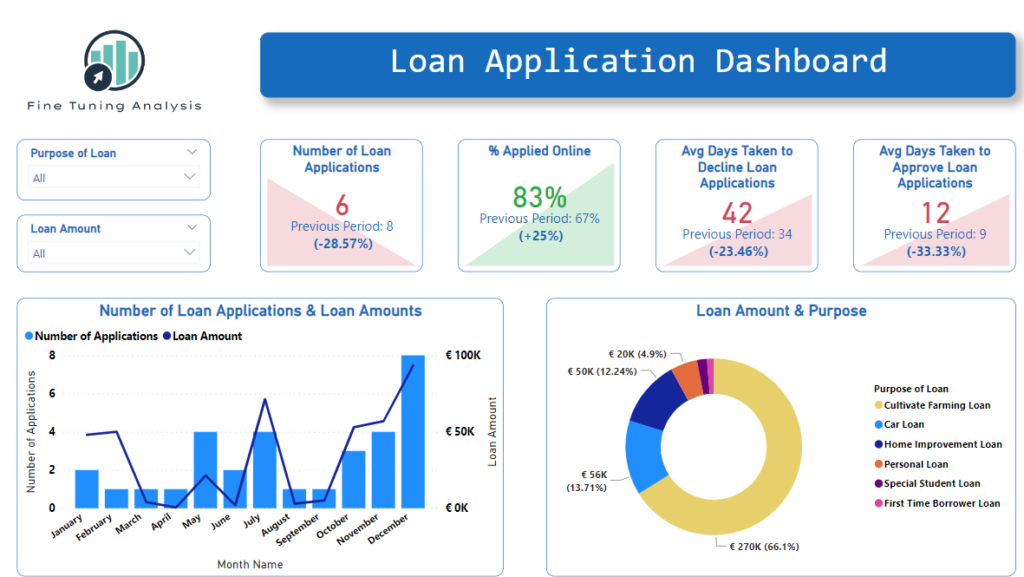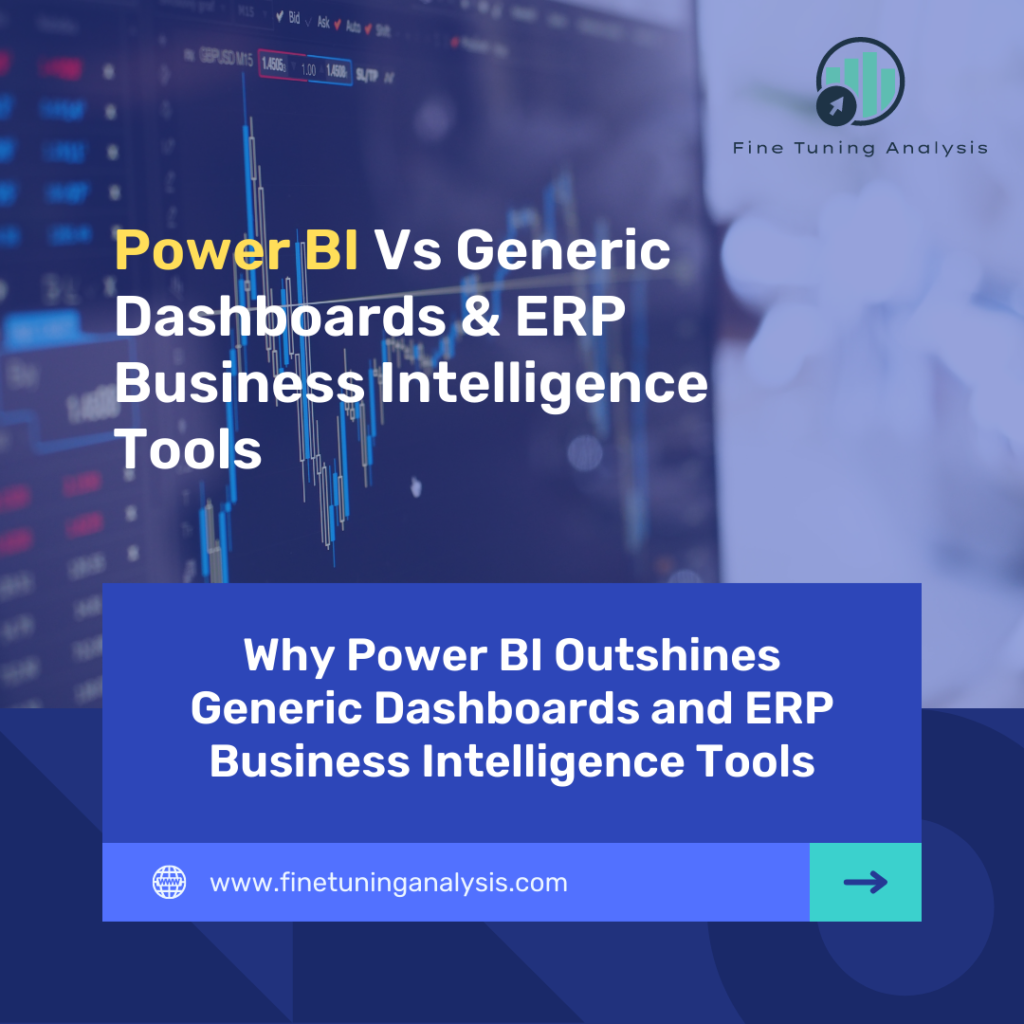Written by : Shaun Buckley
In today’s fast-paced business environment, organizations are constantly looking for ways to gain insights from their data and make better-informed decisions. One technology that is gaining popularity in this space is Power BI, a powerful business analytics tool that allows organizations to visualize and analyze their data in real-time. In this post, we will explore the benefits of implementing Power BI for a local credit union, using a recent case study to illustrate the point.
The Challenge
Our client, a mid-sized credit union, was struggling to make sense of the vast amounts of data they were collecting. They had data from multiple sources, including customer transactions, loan applications, and financial statements. However, they lacked the tools to analyze this data effectively and make data-driven decisions. They also complained of how much time was spent on manual tasks especially around the preparation of the Manager’s Report as well as the Reporting pack required to be sent to the Central Bank. The CEO also mentioned that he was having to combine data from 17 different reports into one large spreadsheet which took him over a day a month alone and this was something he has been longing to automate due to the manual element and the increased likelihood of mistakes being made.
The Solution
To address this challenge, we recommended that the credit union implement Power BI, a cloud-based business analytics service that provides interactive visualizations and business intelligence capabilities with an interface that is simple enough for end-users to create their own reports and dashboards. The credit union decided to implement Power BI, and we worked with them to integrate their various data sources into the platform, with the majority of data coming from Wellington. We also helped them design customized dashboards and reports that could be used by different teams within the organization.
Results
After implementing Power BI, the credit union saw significant improvements in their ability to analyze and make decisions based on their data. Here are some of the key benefits they experienced:
1) Improved Customer Insights: With Power BI, the credit union was able to gain deeper insights into customer behavior and preferences. They were able to identify trends in customer transactions and use this information to improve their products and services.
2) Enhanced Risk Management: By analyzing loan application data, the credit union was able to identify potential risks and take proactive measures to mitigate them. This helped them to reduce their risk exposure and improve their overall financial stability.
3) Increased Operational Efficiency: Power BI allowed the credit union to automate many of their reporting processes, saving time and resources. They were also able to streamline their workflows by providing real-time visibility into their data.
Conclusion
In today’s data-driven world, organizations must be able to quickly and effectively analyze their data to make better-informed decisions. By implementing Power BI, the credit union was able to gain deeper insights into their data, improve their decision-making processes, and ultimately drive better business outcomes. If you’re interested in learning more about how Power BI can benefit your Credit Union or organization, feel free to contact us for a consultation.

Related posts:
- Unleashing the Power of Business Intelligence: Why Power BI Outshines Generic Dashboards and ERP Business Intelligence Tools Written by : Shaun Buckley Introduction During recent negotiations with a prospective client regarding the implementation of Power BI, we were surprised by the information that emerged concerning their software provider....
- Unleashing Efficiency and Innovation: Exploring Microsoft Copilot in the Microsoft Power Platform and Office 365 Written by : Shaun Buckley Introduction In today’s rapidly evolving digital landscape, organizations are constantly seeking ways to boost efficiency, enhance collaboration, and accelerate innovation. Microsoft Copilot emerges as a powerful...
- What is the Microsoft Power Platform & what can it offer organizations? Written by : Shaun Buckley Introduction In this day & age, businesses are constantly seeking innovative solutions to streamline their operations, enhance productivity, and deliver exceptional customer experiences. Microsoft Power Platform...
- While 85% of Irish Credit Unions recently surveyed have heard of the Microsoft Power Platform, only 15% are utilizing the tools. Should this be higher? 🤔 Have a read as we discuss the impact we believe this data will have on Credit Unions in the coming years. Written by : Shaun Buckley Introduction In a recent survey at the CUMA Exhibition back in September encompassing 20 Credit Unions, we delved into the digital habits of these the numerous...


